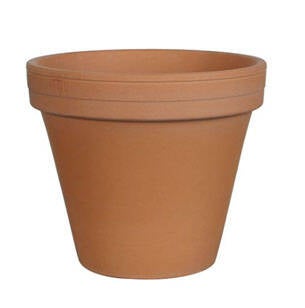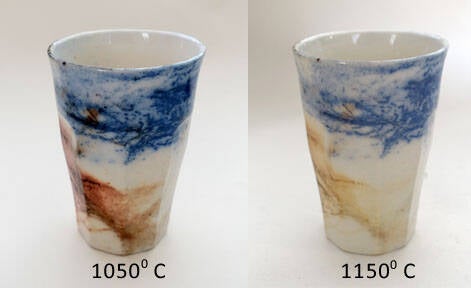Additions to my book
If you're viewing this page, you've probably bought my book. Thank you!
My book states the knowledge I had at the time I wrote the book. The number of possibilities with saggar firing is large and it is impossible to want to capture everything.
Moreover, it gives you, as a reader and ceramist, the space to discover a few things for yourself.
Yet sometimes I discover things that I would like to share. In addition, you will also find references to books and websites with more information about a certain subject.
Saggar
In my book I recommend making a saggar no bigger than 30 x 30 cm. (Too heavy; too many combustible materials and therefore perhaps too high a temperature and greater risk of bursting).
However, if you still want to work with a larger saggar, let it cool down slowly after firing to 500 degrees to try to prevent cracking (see book).
If you cannot control the cooling, there are a few more tips:
- Do not close the saggar completely, this will allow the heat to escape.
- Limit the amount of flammable material, so that the temperature in the saggar does not rise too high.
Big saggar afterall...
If you always want to fire the same shape in the saggar, it is useful to make a saggar that fits nicely around that shape (see book).
I'm going to work bigger and bigger and still want to fire it in the saggar. The saggar must therefore also be bigger. I now have a piece that is 27 x 32 cm, for which I made a special saggar.
The saggar (left) is 31 x 35 cm. I made it in two parts, so that it is still manageable and portable and I can get the combustibles easy around the shape at the bottom. I put the piece in the bottom part and put it in the kiln, then I put the second part on.
You can see the first result on the right.


Saggars made of other materials (p 71)
Paper saggar
You make a paper saggar with paper and clay slib. You build it up in a form layer by layer.
Brenda McMahon often works with paper saggars.
Aluminum saggar
Aluminum saggars are used regularly, but always in a gas oven. I have no experience with it myself, but you can find (English) websites with information.
Flower pot as a saggar
I didn't get any results with a regular flower pot (top right) as saggar, but with a flower pot with a thicker wall (bottom right) it went well.
The hole is at the bottom, so put it on a triangle so that oxygen can get in. I also let this cool down slowly after the firing.


Glazing after saggar firing
It can be beautiful (or useful) to glaze a work after the saggar firing. In chapter 5 I write that it is possible to glaze the outside (without terra sigillata) without losing (much) color. However, I had only fired up to 1050 C there. I notice myself, and hear from others, that things do not always go well at higher temperatures.
Below is an example at 1050 C and 1150 CIf you only want to glaze the inside, you can also fire higher. The colors even get a little deeper. Reduction will disappear.
More examples will follow later.

